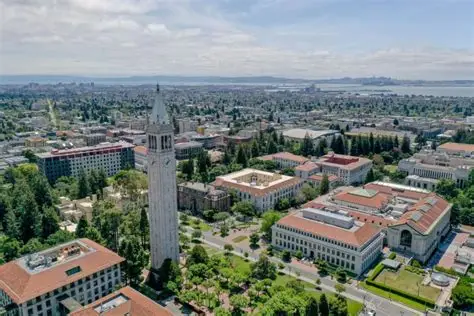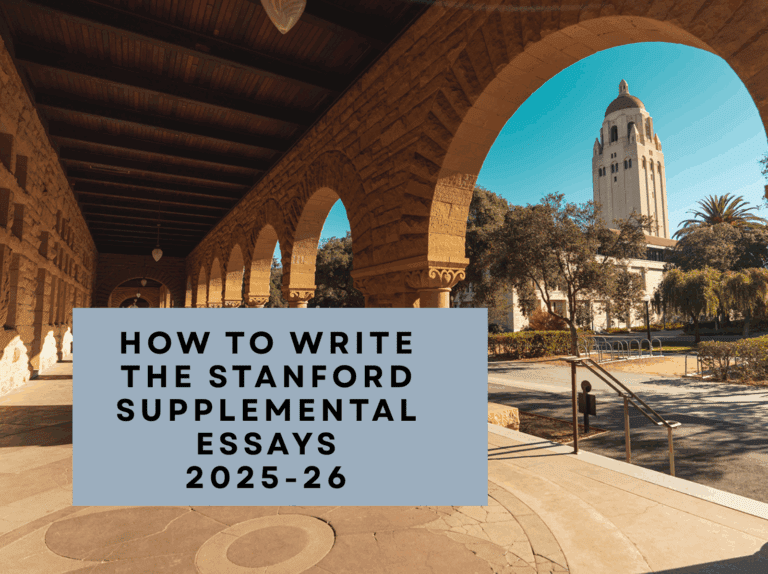
Class of 2029
The college admissions landscape has become extremely dynamic and continues to evolve. The Class of 2029 admissions cycle has proved this as it reveals both expected patterns and surprising shifts. Although some of America’s elite universities have not yet released their overall acceptance rates for the Class of 2029, yet, taking a leaf from the statistics that are available to us, we say with certainty that the rates, when released, will undoubtedly be very low. Let’s dive into the latest data from Ivy League and top-tier institutions to understand what’s changing—and what it means for future applicants.
Application Surges
In continuation with the previous year’s trend, this year too, many top colleges received a record-high number of applications. As a result, admission rates dipped even further, continuing the trend of hyper-selectivity. The colleges have a larger pool of applicants to choose from, thereby making admission tougher. More and more high-achieving students are applying, allowing admissions officers to choose the best of the best. Notably, Harvard’s acceptance rate dropped to 3.59%, and Columbia remained one of the most selective with a 3.85% admit rate. As applications surge, gaining entry into these schools is tougher than ever.
Timing Matters
The Early Decision and Early Action rounds continue to offer a strategic edge. Schools like Brown and UPenn admitted a larger portion of their incoming classes through early rounds. For instance, Dartmouth admitted 19.85% of its Early Decision applicants, compared to an overall rate of just 6.07%. Colleges like to see committed students as it helps them with their yields. Without an ED, many colleges are becoming out of reach for even high-achieving students with stellar profiles. Hence, students must start researching the college they would love to go to for its academics, social life, research opportunities, etc, and commit.
Class Composition: Who’s Getting In?
While complete demographic breakdowns for many schools aren’t yet released, patterns are emerging in terms of geographic diversity, legacy status, and first-generation college student representation. As colleges aim to build diverse communities, factors like region, background, and interests play increasingly significant roles beyond academic stats.
Test-Optional Trends
With most elite colleges maintaining test-optional policies for the Class of 2029, the SAT/ACT’s role remains hotly debated. Some schools saw a majority of accepted students submit scores, while others leaned further into holistic reviews. MIT and Georgetown, among the few requiring tests, saw strong applicant pools regardless. Meanwhile, Harvard and Stanford remain test-optional, evaluating students through other qualitative metrics. The University of California does not require standardized test scores
Acceptance Rate Snapshot: Who’s the Most Selective?
Let’s take a side-by-side look at where Ivy League and top private universities stand in terms of their admit rates for the Class of 2029. Stanford, once again, released no official data, but remains presumed among the most selective. Meanwhile, Yale admitted just 3.73%, and Princeton came in at 5.82%.
What This Means for Future Applicants
Analysis of the trend makes one thing clear: standing out in today’s college admissions process requires more than just strong grades and test scores. Having a strategic approach in terms of timing and school selection is more critical now than it ever was. Students need to showcase authenticity and purpose in their profiles. Essays remain a critical component. Compelling essays can make or break your application. Whether you’re considering applying early or weighing test-optional options, data like this can help shape a more informed strategy for success.
Top U.S. Universities & Their Admission Trends: Classes of 2026–2029
| College/University | 2025 US News Rank | Class of 2029<br>Admission Rate | Class of 2028 | Class of 2027 | Class of 2026 |
|---|---|---|---|---|---|
| Princeton University | #1 | Not Yet Published | 4.62% | 4.59% | 4% |
| Massachusetts Institute of Technology | #2 | 4.52% | 4.52% | 5% | 4% |
| Harvard University | #3 | Not Yet Published | 3.59% | 3.41% | 3% |
| Stanford University | #3 | Not Yet Published | 3.61% | 3.91% | 4% |
| Yale University | #5 | 4.60% | 3.90% | 4.35% | 4% |
| California Institute of Technology | #6 | Not Yet Published | Not Published | Not Published | 4% |
| Duke University | #6 | 4.80% | 5.10% | 6% | 6% |
| Johns Hopkins University | #6 | Not Yet Published | 5% | 6% | 6% |
| Northwestern University | #6 | 7.00% | 7.60% | 7% | 7% |
| University of Pennsylvania | #10 | Not Yet Published | 5.40% | 5.87% | 6% |
| Cornell University | #11 | Not Yet Published | 8.41% | 7.90% | 9% |
| University of Chicago | #11 | Not Yet Published | 4.48% | 4.79% | 6% |
| Brown University | #13 | 5.65% | 5.20% | 5% | 5% |
| Columbia University | #13 | 4.29% | 3.80% | 4% | 4% |
| Dartmouth College | #15 | 6.03% | 5.40% | 6% | 6% |
| UCLA (University of California, LA) | #15 | Not Yet Published | 8.97% | 9% | 8.57% |
| UC Berkeley | #17 | Not Yet Published | 11.04% | 11.36% | 11.40% |
| University of Notre Dame | #18 | 9.00% | 11.10% | 12% | 13% |
| Rice University | #18 | 7.75% | 8.00% | 8% | 9% |
| Vanderbilt University | #18 | 4.70% | 5.10% | 6% | 6% |
| Carnegie Mellon University | #21 | Not Yet Published | 11.66% | 11.30% | 11% |
| University of Michigan | #21 | Not Yet Published | 15.64% | 17.69% | 18% |
| Washington University in St. Louis | #21 | Not Yet Published | 12.06% | 11.96% | 10% |
| Emory University | #24 | 14.95% | 14.50% | 16% | 11% |
| Georgetown University | #24 | 12.00% | 12.91% | 12.22% | 12% |
| University of Virginia | #24 | Not Yet Published | — | — | — |
Source: Google








